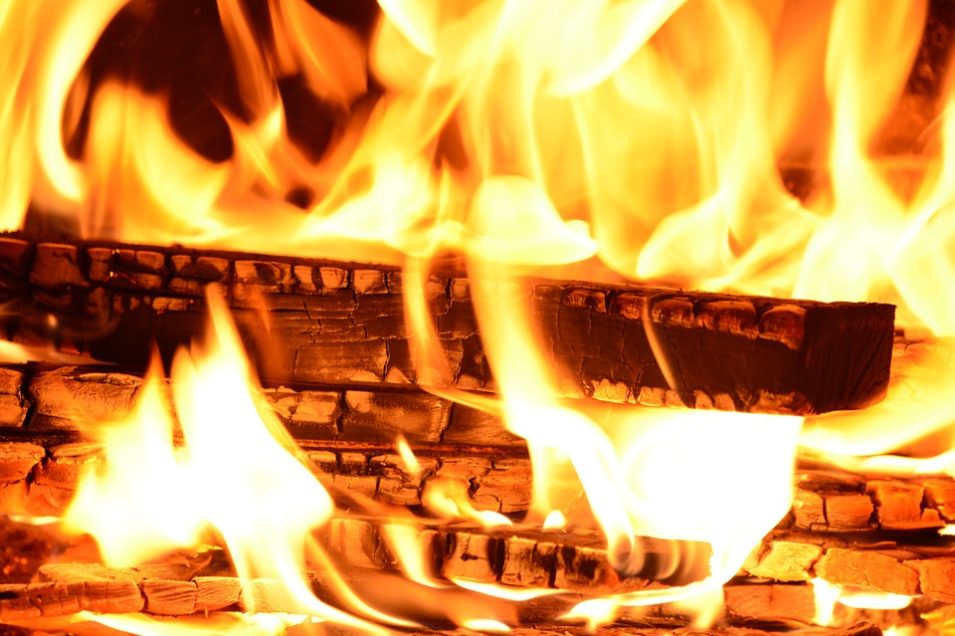It’s hard to imagine living without central heating as it’s considered a basic essential within every household. Taking this into consideration, you may find it tricky to imagine a time in history that reliable central heating wasn’t in existence! With autumn well underway and the colder weather in store, we have started to turn up our radiators and crank up the heating due to the drop in temperature.
As we prepare ourselves for the cold season and start to depend on our central heating to keep our homes warm and comfy, we will take a look back on the fascinating development of central heating as a concept throughout history.
Ancient times
People have always been dependant on heat to survive since the beginning of time and some of the earliest signs of central heating can be traced back to ancient Greece. The Greeks and Romans implemented furnaces to warm the air which was then channelled to different rooms via underfloor network pipes, these were referred to as hypocausts. This design was similar to today’s warm air heaters as opposed to boilers but it highlighted a promising start for things to come.
When the Roman Empire collapsed, so did the expertise and knowledge of hypocausts and heating engineering. Over the next couple of years this loss of knowledge resulted in the regression back to basic heating such as open fires.
19th – 20th century
Up to the 19th and 20th centuries, room fires remained the standard way of creating heating. The industrial revolution in the UK saw the popularity of chimneys as a way of filtering out the smoke created by fireplaces. This point in history also saw the extensive use of steam power and water heating as a means of central heating for hospitals and places of business.
Up to this point heating generally relied on a hot air method, which would be a fire or furnace which would heat up air which would then carry the heat around.
Engineers understood that water stayed warm much longer and could transport it greater distances before it cooled down. This in many ways helped establish the concept of modern central heating as engineers soon used the technological strengths of the time to create a system where heated water was pumped within pipes to heat emitting objects in order to warm rooms. This was a major jump forward because heated water gave people more control and regulation over their heating.
Today there are lots of types of central heating systems on the market but boiler to radiator model remains the most popular type. Of course, there have been many improvements in terms of energy efficiency and materials which themselves have improved the concept of central heating. Here at West London Gas, we deliver efficient services at competitive prices. Get in touch with us to find out more.

